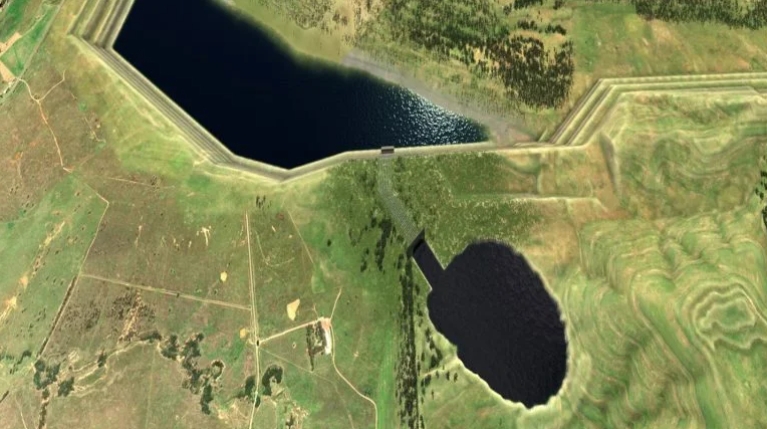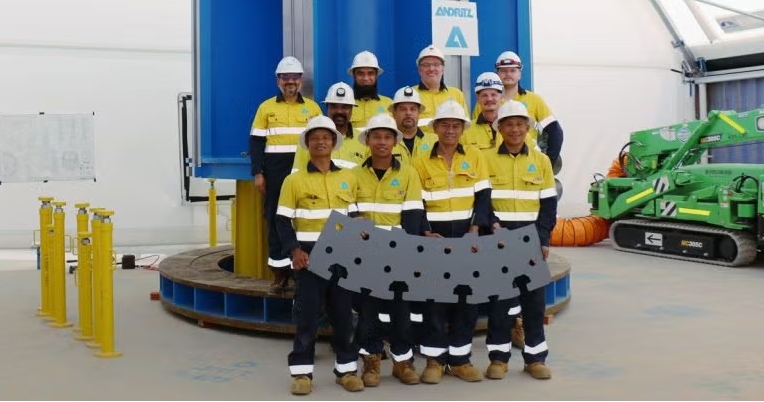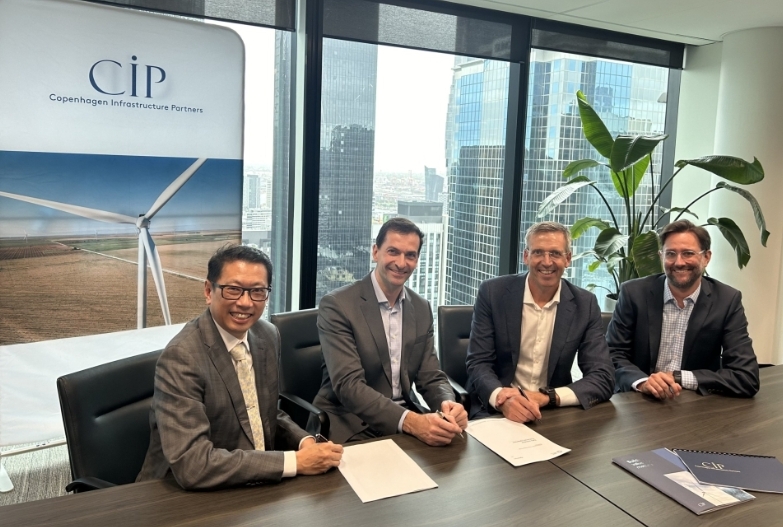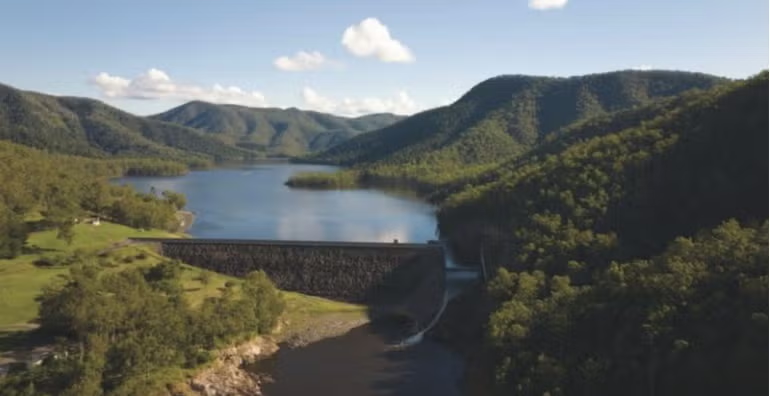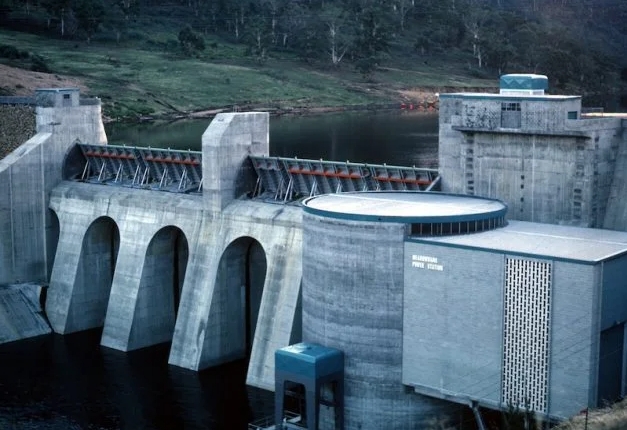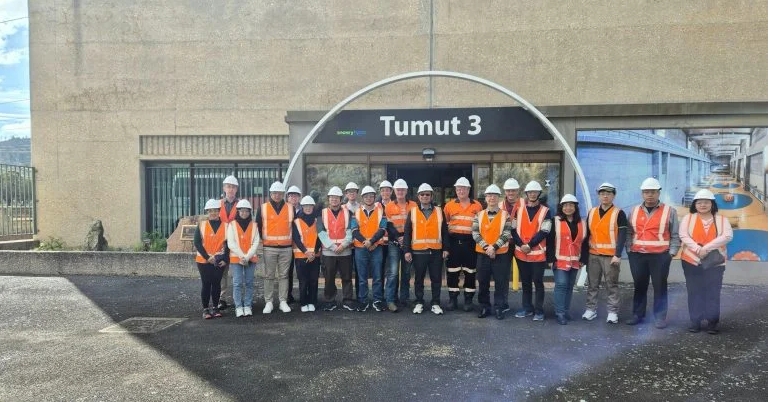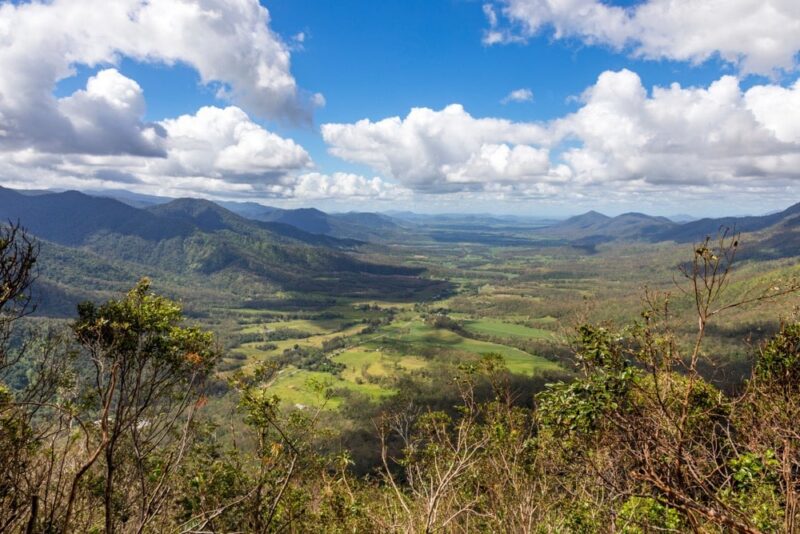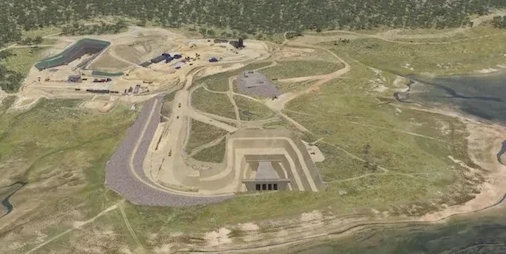The South Korean government has asked state-owned Kepco utilities to voluntarily restrict its use of coal in April-November to limit overall emissions, sources familiar with the matter have told Argus.
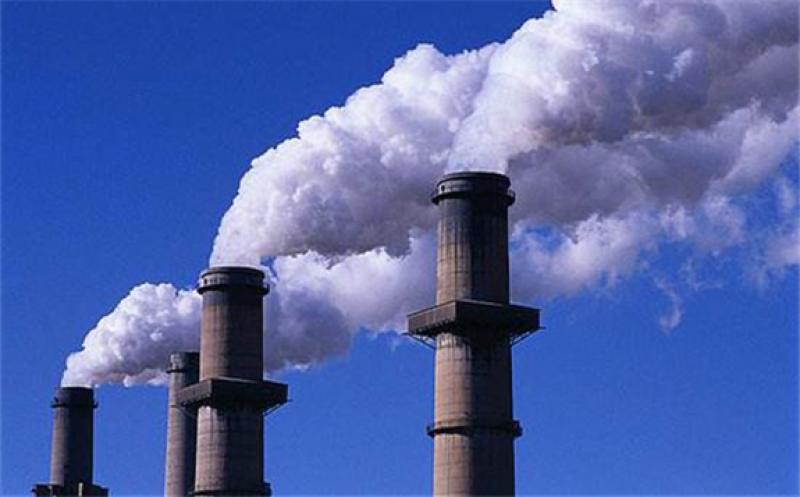
No official government statement has been issued, but sources say the ministry of energy and industry (Motie) has asked the five Kepco utilities to cut 2021 coal-fired generation by 18-24pc compared with the 2017-19 average.
The voluntary restrictions will likely prevent a significant recovery in coal burn in 2021, but may not drive a big decline in output either, given the large drop in coal-fired generation that has already been seen since 2019 because of the Covid-19 pandemic and recovering nuclear availability.
Kepco's coal-fired units are not obligated to reduce their output, but voluntary cuts will count favourably towards each utility's year-end management evaluation score, one source said.
The request is likely to be a temporary measure as the government seeks to introduce a formal policy to cap annual coal-fired power generation from 2022. It is expected to finalise a draft plan to introduce an annual cap by the end of this month.
Kepco's coal-fired power output averaged 217.4 TWh/yr during 2017-19, and an 18-24pc cut from this level suggests total Kepco coal-fired generation could be 165.2-178.2TWh this year, according to Argus' analysis.
Combined Kepco coal-fired generation totalled 176.7TWh in 2020, down sharply from 209.2TWh in 2019, as the impact of the coronavirus on overall power demand weighed heavily on coal consumption.
One participant said that reducing coal output relative to pre-pandemic levels was unlikely to significantly disrupt South Korean market fundamentals, as generation from coal has already fallen sharply in recent years.
Kepco coal-fired generation in 2020 was already 18.7pc lower than the 2017-19 average, with three of the five utilities already cutting output by at least 18pc compared with 2017-19, according to Argus' analysis of Kepco data.
Some Kepco utilities could even increase coal-fired generation on the year in 2021 and still keep output at 18-24pc below the 2017-19 average (see chart). For example, Korea South East Power (Koen) and Korea Southern Power (Kospo) in 2020 recorded 25pc drops in coal-fired generation relative to the 2017-19 average, meaning output would not need to fall further in 2021 to adhere to any voluntary cuts.
The steep drop in coal-fired generation and slower economic activity during the pandemic has already depressed South Korean emissions and created an oversupply in the emissions trading scheme, forcing the government to set a temporary price floor from 19 April to prevent further declines.
